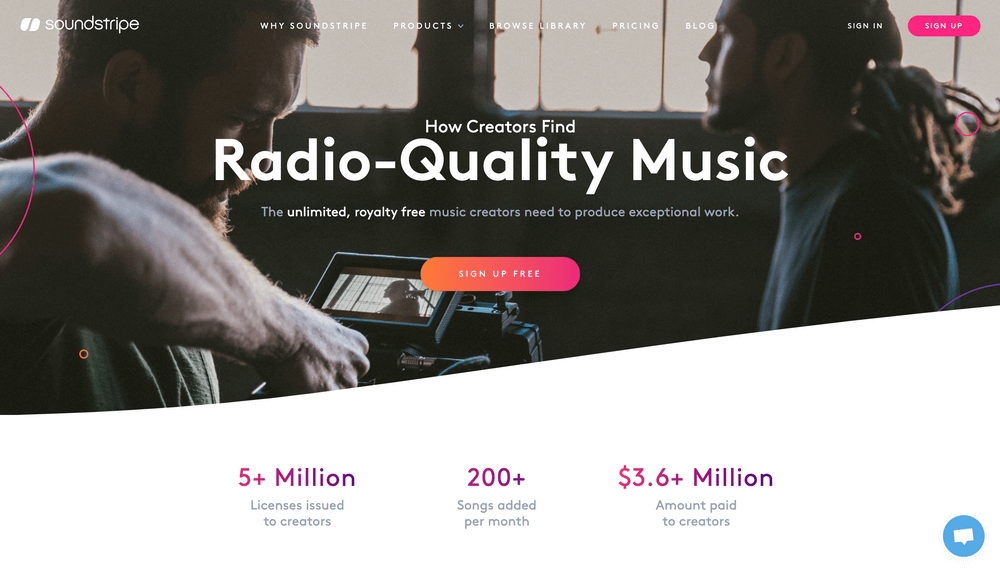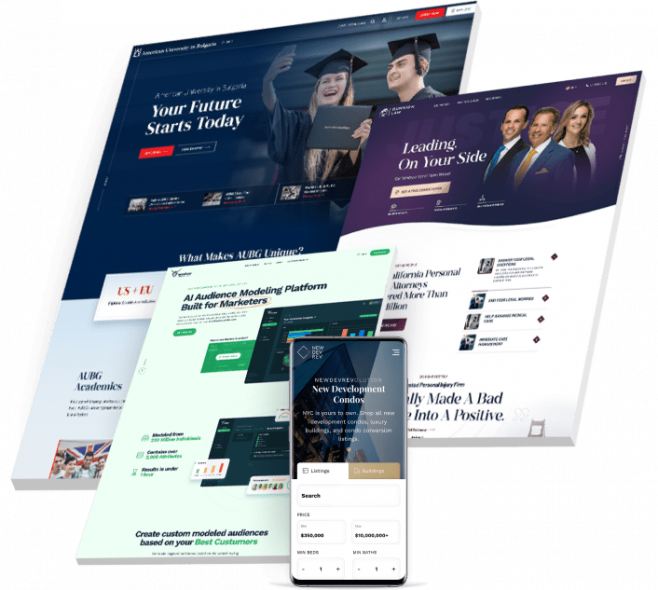Transform Your Brand with Cutting-Edge Website Design Techniques
Transform Your Brand with Cutting-Edge Website Design Techniques
Blog Article
Secret Techniques for Applying User-Centric Site Style to Boost Interaction
When considering the implementation of user-centric site layout, certain approaches contribute in boosting involvement. Comprehensive research right into customer demands and choices creates the foundation, guiding the production of user personas to educate style choices. Instinctive navigating and responsive interfaces are crucial, guaranteeing simplicity of gain access to throughout all devices. Personalizing content boosts individual fulfillment, and durable accessibility functions broaden reach. These strategies collectively cultivate a more significant online experience. Just how do these components come together successfully, and what functional steps can be taken to ensure their effective combination?
Understanding Individual Demands
Comprehending user requirements is a fundamental step in the process of user-centric site layout. Techniques such as surveys, interviews, and individual testing can provide beneficial qualitative and measurable information about exactly how users communicate with the site.
Examining this data permits developers to create detailed individual identities that represent the various sections of the target market. These personas assist inform style choices by highlighting certain customer objectives and obstacles, leading the growth of functions that attend to these requirements properly. Additionally, comprehending the context in which users run-- such as their environment, gadget preferences, and time restraints-- can better refine the style approach.
Compassion plays an essential role in this process, making it possible for designers to see the internet site from the individual's viewpoint. By prioritizing customer requirements, the style procedure becomes much more concentrated, preventing the addition of unnecessary aspects that might mess the user experience. Ultimately, a deep understanding of user demands is instrumental in crafting a web site that is both functional and significant.
Designing Intuitive Navigation
Having actually developed a comprehensive understanding of user requirements, the next action in user-centric internet site layout involves creating user-friendly navigation. Efficient navigation is fundamental to customer satisfaction, influencing exactly how easily customers can locate info and complete jobs. To attain intuitive navigation, developers need to focus on simpleness and clearness, ensuring that the navigation framework is consistent and rational throughout the website.
Organizing material right into a clear pecking order is critical. Website Design. The usage of acquainted labels and symbols can guide customers easily, decreasing cognitive lots and enhancing the general customer experience. A properly designed navigation bar need to be prominently put, allowing users to identify their current location and conveniently discover other areas of the web site
It is additionally vital to incorporate interactive elements such as breadcrumbs and search functionalities to aid individuals in browsing complex websites. These attributes supply extra pathways and enhance the accessibility of content, dealing with different customer choices and habits.
Examining navigation with actual individuals is crucial to determine possible discomfort points and ensure capability aligns with user expectations. Routine comments loopholes and repetitive improvements can help preserve an efficient navigation system that adjusts to advancing customer requirements, eventually increasing engagement and contentment.
Producing Responsive User Interfaces
Usually, producing receptive user interfaces is a pivotal element of modern website design, guaranteeing that sites are useful and available across a wide variety of tools and display dimensions (Website Design). This flexibility is crucial in a landscape where users gain Discover More Here access to web content by means of smartphones, tablets, desktops, and laptop computers, each with differing resolutions and positionings. The primary objective of receptive layout is to improve customer experience by maintaining optimum readability and usability, despite the device utilized
To achieve this, internet developers employ versatile grid designs, fluid pictures, and CSS media inquiries. Versatile grids permit site components to resize proportionally, while liquid images make sure visuals range suitably without losing quality. Media inquiries play a crucial function by using various designs based upon the gadget's characteristics, such as width, alignment, and height, hence customizing the format to the customer's display.
In addition, receptive interfaces add to enhanced search engine optimization (SEO) by providing a smooth individual experience, which consequently can lower bounce rates and rise site involvement. In summary, taking on responsive style is not just a technical factor to consider however an essential technique for fostering a user-centric internet atmosphere that meets the needs of a diverse audience.

Customizing Web Content Experience
Personalizing content experience is an essential component of user-centric internet site design that entails customizing web content to meet the unique preferences and actions of individual customers. This approach not only improves user satisfaction yet likewise fosters much deeper involvement, as site visitors are a lot more most likely to communicate with material that resonates with their rate of interests and requirements. By leveraging data analytics and individual comments, services can determine patterns and trends that notify the modification of internet content.
Incorporating personalization methods can range from easy adjustments, such as advising products based on surfing history, to more sophisticated techniques like dynamic material that adapts in real-time to a customer's interactions. As an example, individualized touchdown web pages can significantly raise conversion rates by providing users with relevant information and provides that line up with their previous activities and preferences.
In addition, making use of expert system and artificial intelligence can further improve content personalization by continuously gaining from individual actions and adapting to arising fads. This not only enhances the individual's journey however additionally constructs brand name commitment, as consumers feel understood and valued. Ultimately, personalizing the content experience is an essential strategy for companies intending to create a much more meaningful and engaging communication with their target market.
Enhancing Availability Features
Enhancing availability functions is a basic element of user-centric internet site layout, making certain that electronic content is useful by everybody, consisting of individuals with specials needs. This approach not only follows legal criteria such as the Americans with Disabilities Act (ADA) and the Web Content Access Standards (WCAG) however also considerably expands a web site's target market reach. By integrating attributes like key-board navigating, screen reader compatibility, and different message for images, internet sites come to be more comprehensive, supplying a seamless experience for individuals with visual, acoustic, this article or motor impairments.
Including responsive design elements is important, assisting in access on numerous tools and screen dimensions, therefore accommodating users with various choices and needs. Moreover, comparison proportions and text dimension adjustments can enhance readability for people with visual difficulties. Supplying clear and concise content structure, such as headings and listings, aids understanding and navigating, particularly for users with cognitive disabilities.
Normal access audits need to be carried out to identify and rectify potential barriers, ensuring ongoing conformity and use. By focusing on accessibility, businesses not just foster inclusivity however also boost general user involvement and satisfaction, ultimately driving higher conversion prices and strengthening brand commitment.

Final Thought
Incorporating user-centric style approaches significantly improves site involvement by focusing on the needs and choices of customers. Complete research study facilitates the creation of user personalities, directing targeted style decisions. Instinctive navigating and receptive user interfaces enhance usability and accessibility across devices. Personalizing content based upon user habits enhances complete satisfaction, while robust ease of access features broaden audience reach. Jointly, these strategies produce a meaningful on the internet experience, cultivating deeper involvement and communication with the site.
Detailed research study into user requirements and preferences forms the foundation, guiding the creation of individual identities to notify design options. Strategies such as studies, meetings, and individual testing can offer More about the author useful qualitative and quantitative information about exactly how users connect with the web site.
By prioritizing user needs, the design procedure becomes extra concentrated, protecting against the addition of unneeded components that could mess the customer experience. Reliable navigation is essential to user fulfillment, affecting exactly how quickly customers can discover details and full tasks. The use of familiar labels and icons can guide users easily, reducing cognitive tons and enhancing the general customer experience.
Report this page